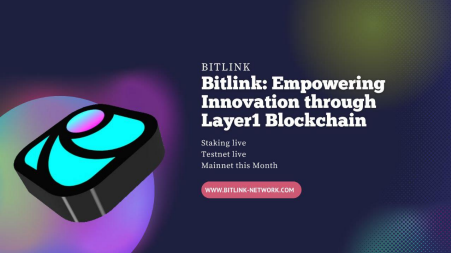Blockchain: The Future of Data Management | by Mircea Iosif | August 2022
What is Blockchain?
Blockchain is a digital ledger of all transactions ever made, shared and stored on a distributed network. It’s not just for cryptocurrencies like Bitcoin – Blockchain can be used to manage all types of data.
This can mean anything from health records to credit card payments. If you want to keep up with the trends, you need to understand how blockchain is changing the computing landscape.
A blockchain application is a computer program that stores and executes digital transactions. Transactions are grouped into blocks, and each block contains a cryptographic hash of the previous block. The blockchain is secure because it uses cryptography to prevent anyone from tampering with or changing the data in the blocks.
Blockchain applications can be used to store data, manage contracts and vote on decisions. They can also be used to create a trustless global economy.
What are the benefits of using Blockchain technology
The benefits of using blockchain technology include:
– Increased security: Blocks are stored securely, and transactions are recorded in a permanent public ledger that cannot be changed or tampered with.
– Automated confirmation: Once you have completed your transaction, it is added to the blockchain and everyone who has seen it knows about it. This prevents fraud and double spending.
– Cost savings: One of the most cost-effective ways to use blockchain technology is to use it for data processing. By recording every transaction in a public ledger, you can reduce the costs associated with traditional data storage methods such as tape or hard drives.
Blockchain technology is a new form of data processing that enables secure and tamper-proof recording of transactions. It relies on a digital ledger called a blockchain, which keeps growing as each record is added to it.
Transactions are recorded in sets of blocks, each block consisting of a set of transactions and a time stamp. Each block is then stored in the blockchain and can be accessed by anyone with access to the internet.
Create and use a blockchain application
If you are interested in using blockchain technology to manage your data, there are several applications you can create to help you do so. An example is an app that helps you track your expenses, such as ExpensesKeeper. Another app that uses blockchain technology to manage your contracts is MyEtherWallet, which allows you to store and spend ether (the currency used in Ethereum) without any financial intermediaries.
Blockchain technology is a digital ledger that uses cryptography to secure data transactions. This technology can be used to manage and secure data across organisations, including in the context of data protection law. For example, using blockchain to store customer lists can help prevent unauthorized access to customer information.
Streamline data processing
Blockchain technology can also be used to streamline data processing by allowing quick and easy validation of data transactions. This will enable faster and more accurate processing of data, which can lead to savings in time and money spent on data processing tasks.
Use blockchain technology to secure data
One of the primary benefits of using blockchain technology is that it can help secure sensitive data from being accessed or stolen by third parties. For example, if your bank’s account information should be lost, you can use blockchain technology to track down and restore the account information from your bank’s backup files.
Blockchain technology is a revolutionary technology that can help businesses streamline data processing, secure data and more. By using Blockchain technology, you can improve your business processes and ensure that your data is effectively and securely protected.
I hope you enjoyed reading this article. If you want to support me as a writer, consider signing up for a membership to get unlimited access to Medium.


